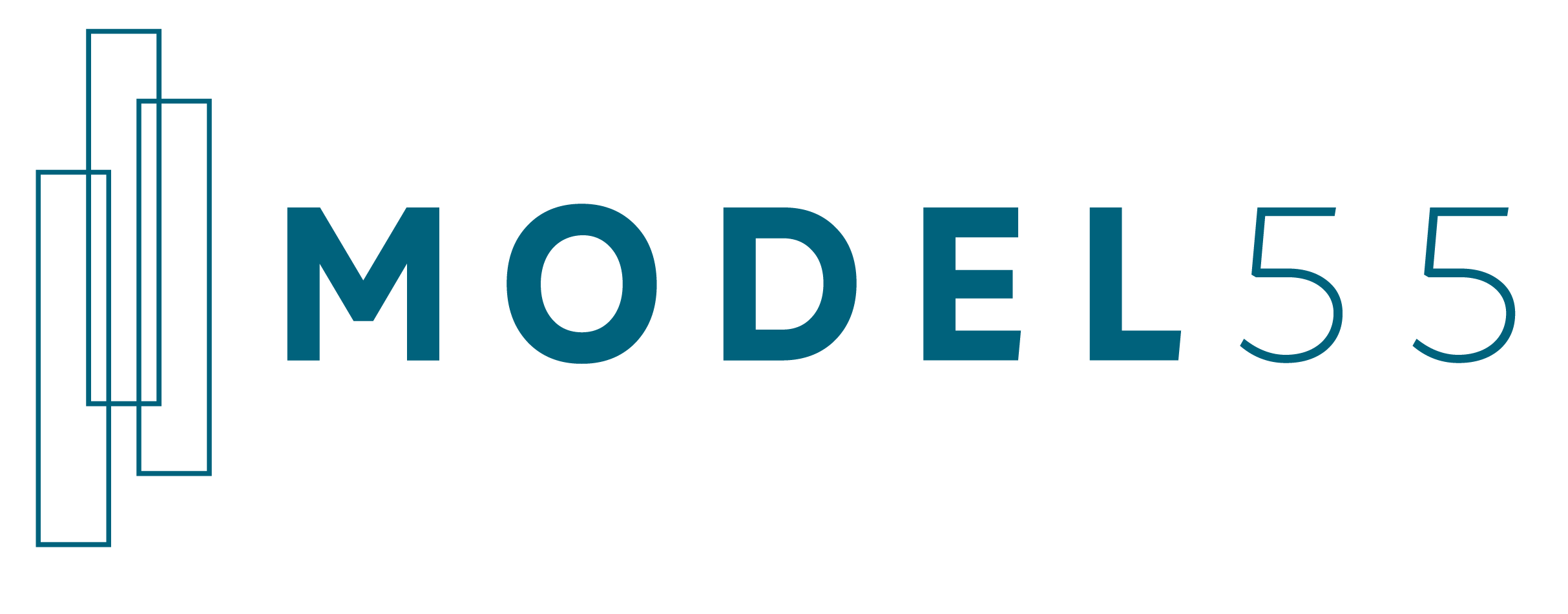
24 Aug DIY Apartment Decorating: Calculating Lost Opportunity Costs
DIY Apartment Decorating and Lost Opportunity Costs
Over the past 10+ years of providing staging services to the professionally managed multifamily housing industry, we have seen a number of companies that think DIY apartment decorating is the way to go. However, there are many unseen factors to consider. In fact, when it comes to creating/ updating a model, outsourcing to industry experts saves money. So, with the start of budgeting season approaching, we wanted to shed some light on lost opportunity costs and DIY apartment decorating. In this blog we are going to explain the overlooked factors that apartment owner/operators should consider when planning their 2019 model apartments.
The Leasing Agent That Decorates Apartments
 For the sake of delivering a concise post, we’ve made assumptions to better explain a standard scenario. Of course, we understand that apartment communities come in all different shapes and sizes. Additionally, we understand that the responsibility of decorating the model does not always fall on the leasing agent. However, with over a decade of experience behind us, we know this is usually the case. So, for the purpose of this blog, we are going to use a leasing agent as our DIY-er. Also, we are working on the assumption that the example community has 225-units.
For the sake of delivering a concise post, we’ve made assumptions to better explain a standard scenario. Of course, we understand that apartment communities come in all different shapes and sizes. Additionally, we understand that the responsibility of decorating the model does not always fall on the leasing agent. However, with over a decade of experience behind us, we know this is usually the case. So, for the purpose of this blog, we are going to use a leasing agent as our DIY-er. Also, we are working on the assumption that the example community has 225-units.
It Starts With Your Monthly Turnovers
According to a post on NAA’s website titled, Breaking Down Turnover Costs, apartment communities with approximately 225-units average a monthly turnover of 40%. This article sites Lori Hammond of Property Management Minutes and her calculations of how to break down the costs of turnover. If the average 225-unit community has a turnover of 40% per month, the average move-out rate is 7.5 a month. For our purposes, we are going to round up to 8.
So, what does this mean for your community leasing agent?
DIY Apartment Decorating vs. Pipeline
In Josh Grillo’s (of Resident360) Blog, How Many Leads Do You Need For 100% Occupancy?, he concludes that the average lead-to-lease conversion rate is 10%. Therefore, to maintain 100% occupancy, you should be generating at least 80 leads per month.
Now, we understand that lead generation is most likely not your leasing agent’s top priority. However, lead-to-lease conversion is. This means that in order to prevent a dip in occupancy, your leasing agent needs to covert 8 leads per month.
Lead-to-Lease Conversions Take Time
As you probably know, the first step in converting leads to leases is getting them through the doors for in-person tours. An article on MultifamilyExecutive.com, From Leads to Leases: How to Maximize Your Results, sums it up perfectly.
“The first step in maximizing lead-to-lease results is to make sure that as many leads are converted to tours as possible. That’s hard to do when phones are only answered 40% to 60% of the time during office hours.”
We broke down a leasing agent’s responsibilities to calculate what is lost by assigning their time to DIY apartment decorating.
Understanding What You Are Giving Up
Hey, if anyone knows how important a model is to lead conversion, it’s us. After all, model apartment staging is what we do. But – while your leasing agent is focusing on decorating a model, you’re giving up precious lead converting time. Below we have calculated your lost opportunity costs to dollars:
- According to Glassdoor.com, the average leasing associate’s annual salary is $32,640. At 40 hours per week, this breaks down to $17 per hour.
- On average 60% of their time is spent answering phones, responding to emails and giving tours. This time is directly related to a 10% monthly conversion rate.
- This means that the other 40% is spent doing necessary tasks that relate to existing residents.
- The leasing agent spends approximately 96 hours involved in lead-to-lease selling and 64 hours attending to current residents per month.
Understandably, Your leasing agent will borrow from his or her active selling time to decorate the model. Therefor, it can be concluded that your lead-to-lease conversion rates will be negatively impacted.
Calculating Your New Leads-to-Leases
A professional can design a one-bedroom model in 80 hours. We recommend adding 10 hours (learning curb) because your leasing agent is not an experienced designer. That is 90 hours. Plus another 10 hours for a complete installation. Now, you can safely assume that it will take your leasing agent 100 hours to design, purchase and install a model apartment.
100 Hours is 62% of a your full-time leasing agent’s month. The leasing agent is left with 60% of his or her time to divide between selling and resident services. Now divide that by the 60/40 rule. You are left with a final result of 22% of his or her overall time being dedicated to active selling. That means that 36 (as opposed to 96) hours are available for answering phones, emails and giving tours.
In Conclusion
If 96 hours a month is needed to generate 8 move-ins (80 active leads to manage and convert by 10%), than 36 hours a month yields a low lead-to-lease conversion rate of approximately 4%. This means that you will lose 5 move-ins during the time your leasing agent is DIY apartment decorating. If you’re curious as to what that means for your short-term revenue, we’ve broken it down for you below (*based on an average rent of $1,200 per month):
- One Month: $6,000
- Three Months: $18,000
- Six Months: $36,000
- One Year: $72,000
With average price for design fees on a one-bedroom model coming in at about $11,250, and the average price for product averaging $15,000, a professionally designed one-bedroom model costs around $26,250. And although DIY apartment decorating might save you money for the short-term, in the long run it could cost you much more.
In conclusion, don’t forget to include lost opportunity costs when planning ahead for your 2019 models – it could save you upwards of $45,000 annually!
Leave room in your budget for professional models.

No Comments